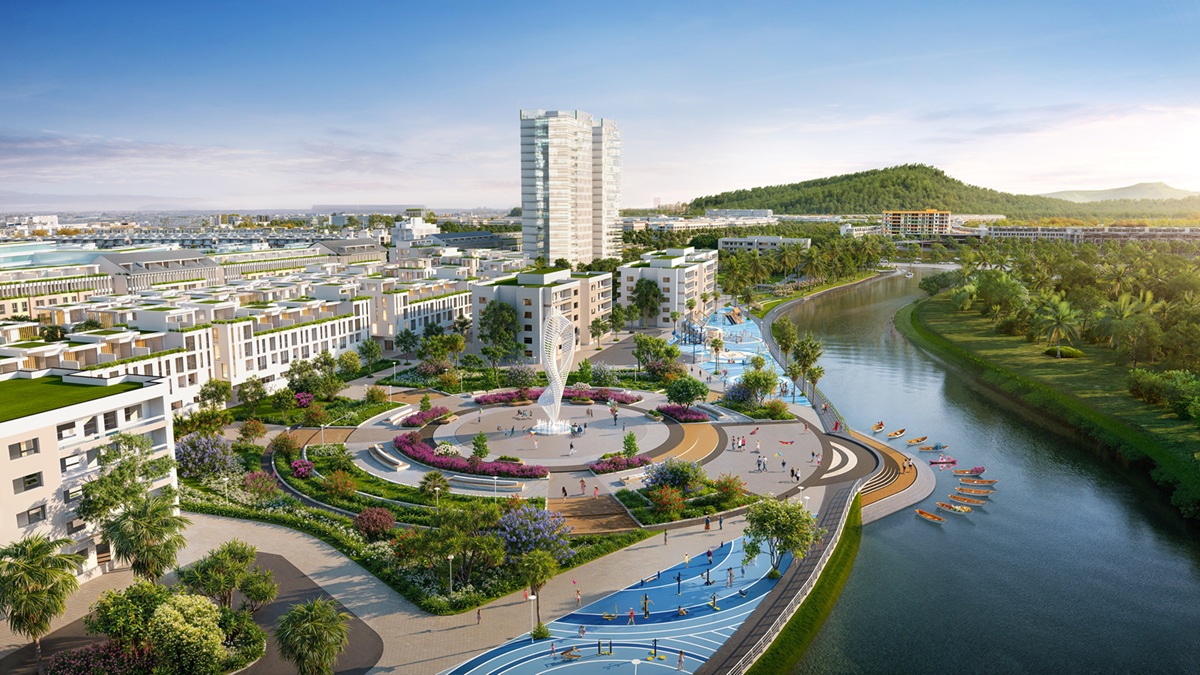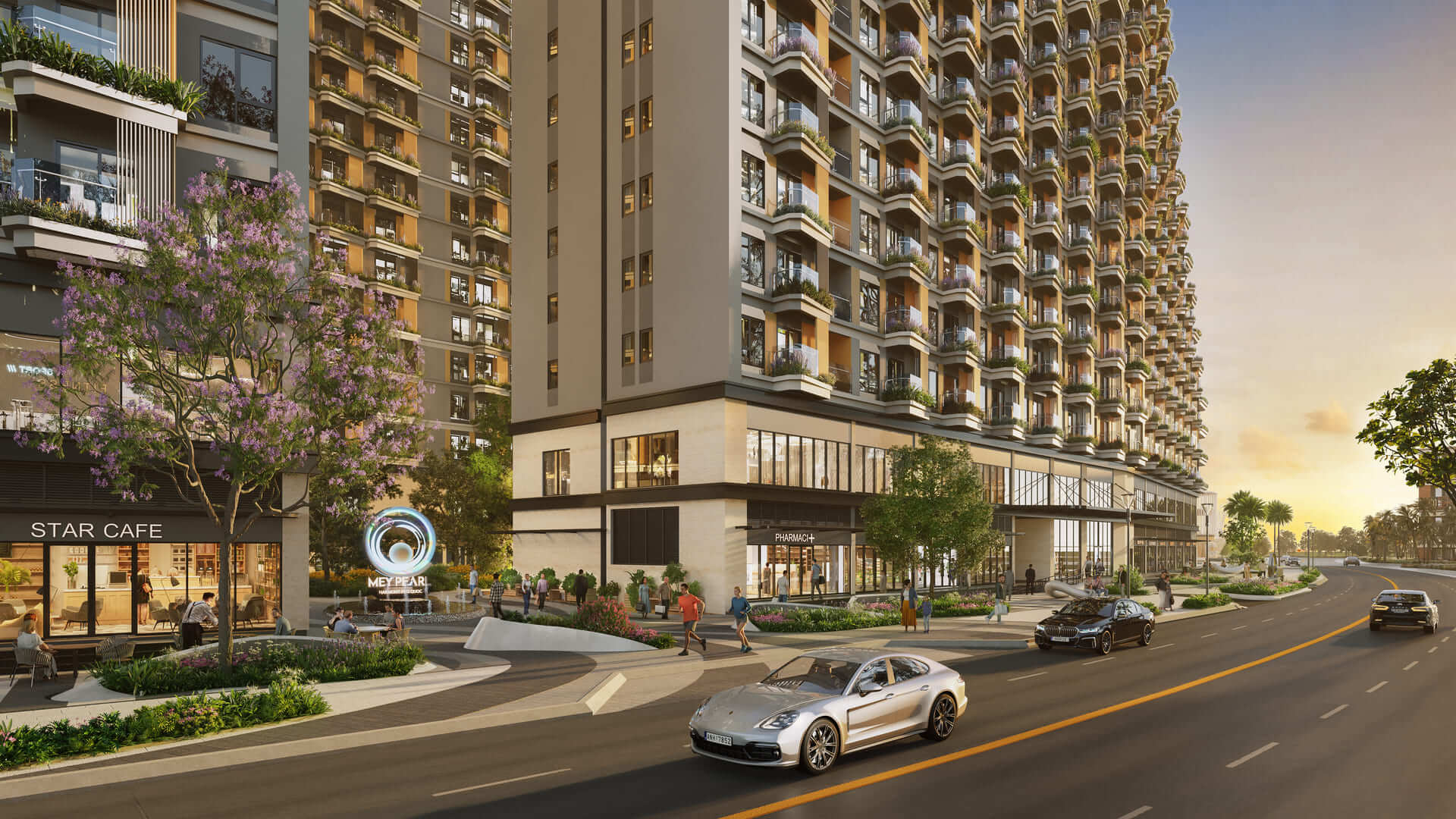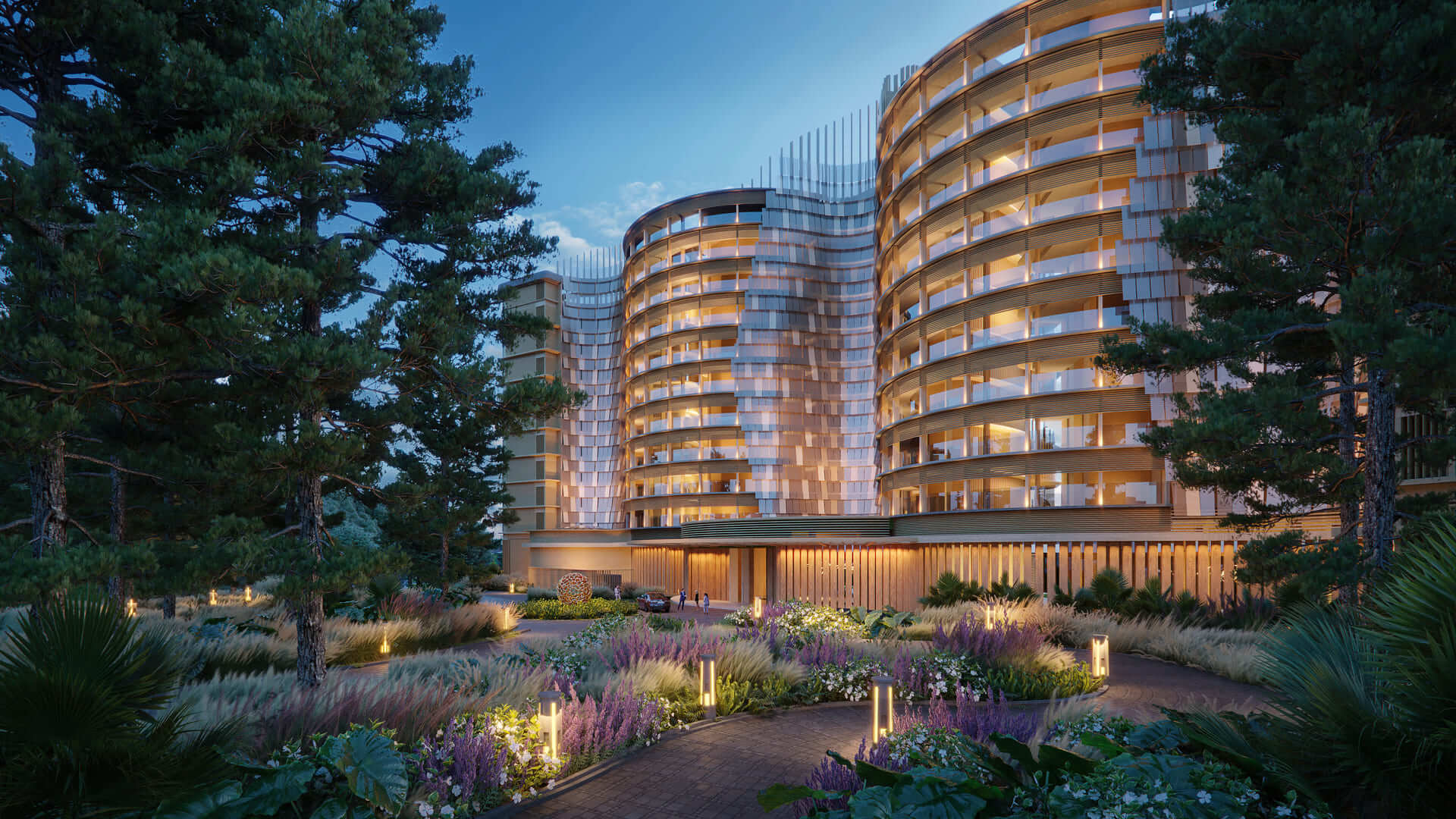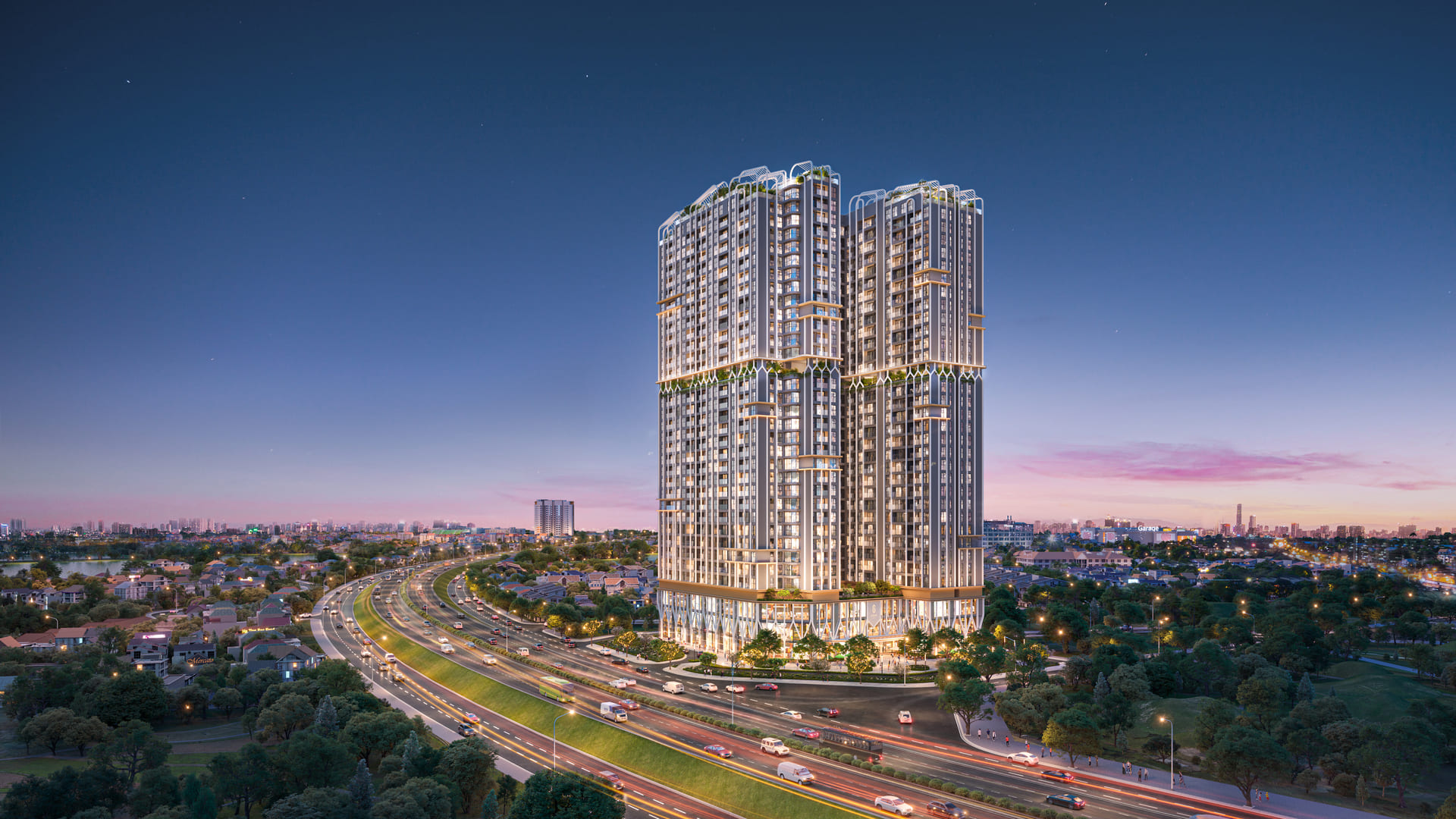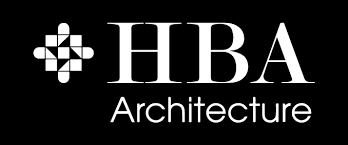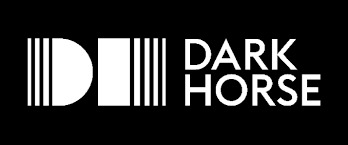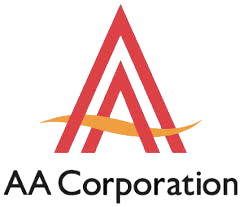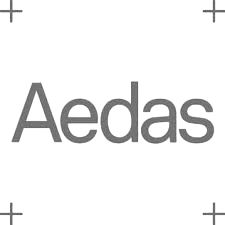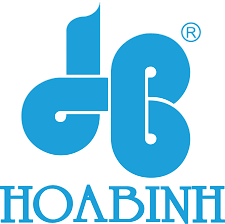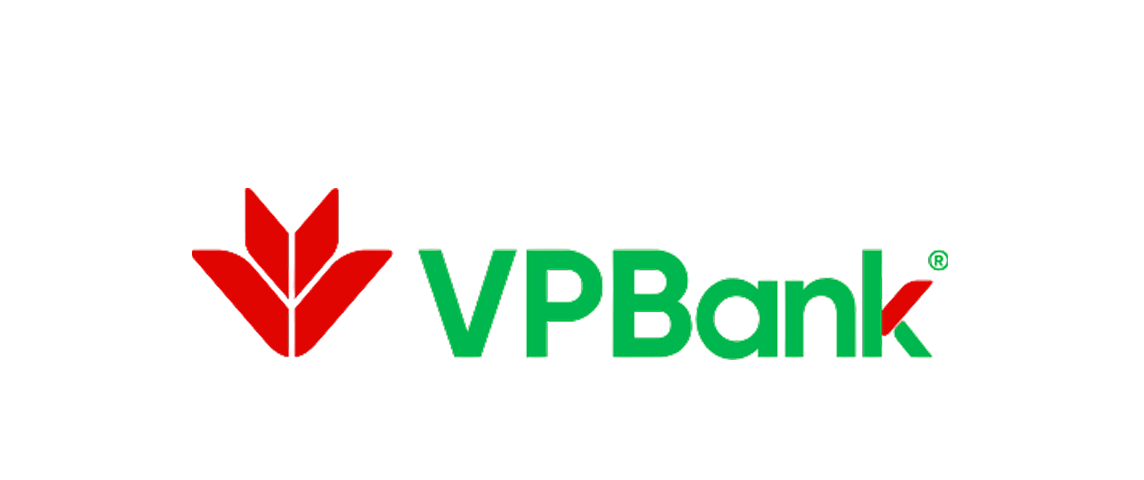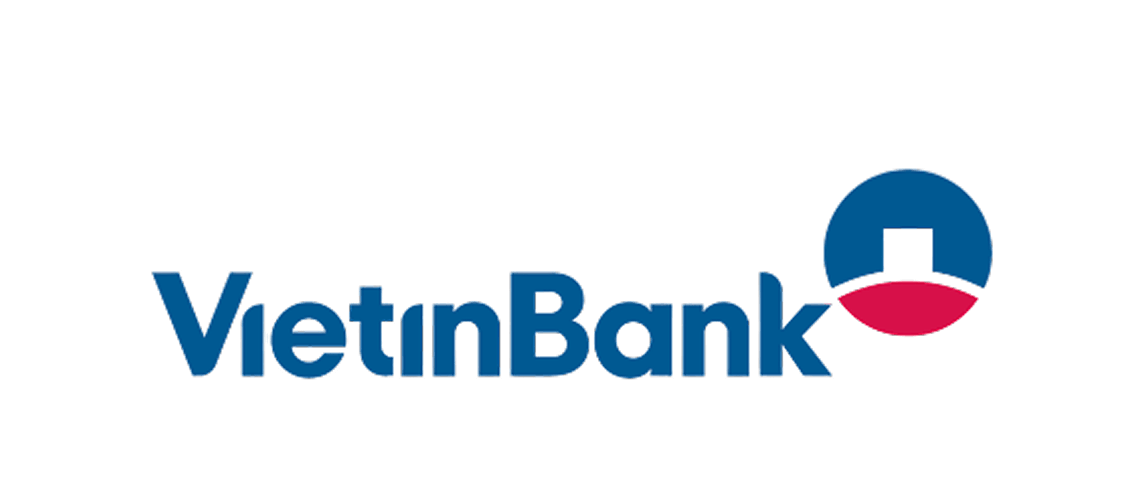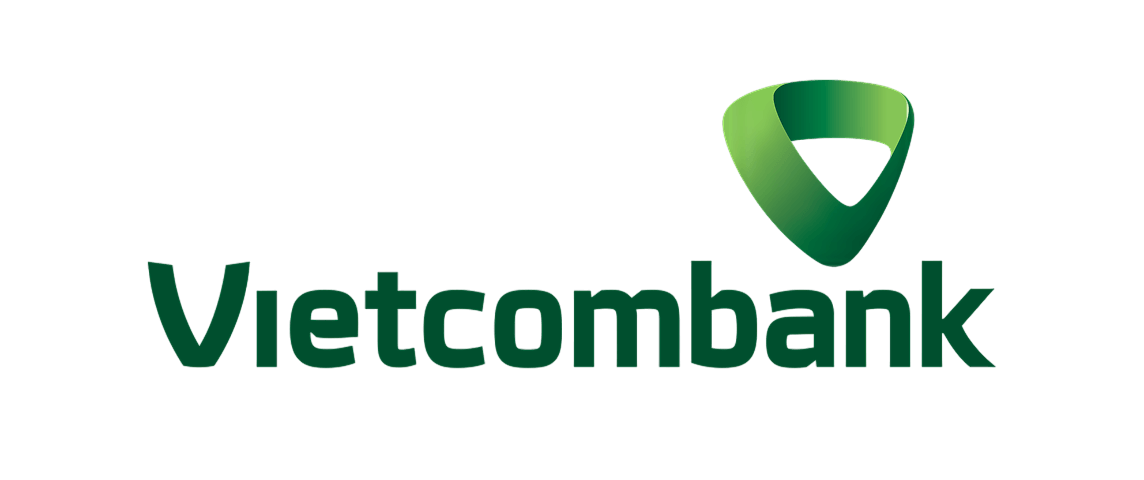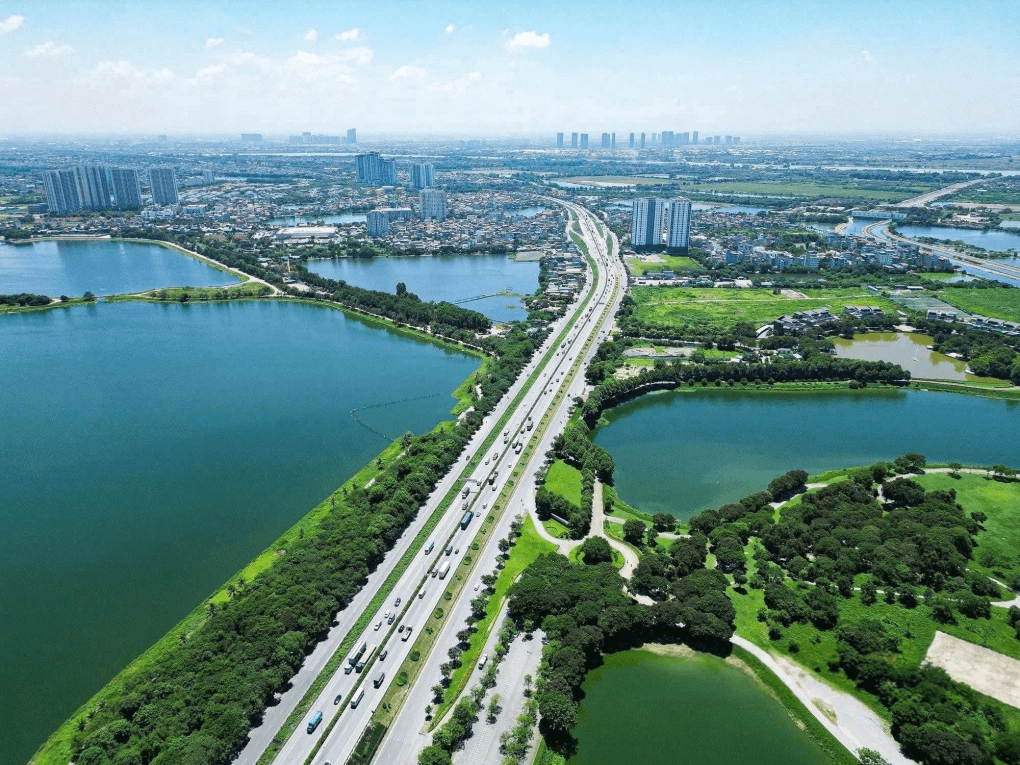Meyhomes Capital Phu Quoc, an “all-in-one” urban complex, is adjacent to the sea, next to major roads, and near key air-sea-land infrastructure and major APEC 2027 development projects. Covering over 300 hectares, Meyhomes Capital is being developed as a model urban area. The project enjoys many natural, locational, and planning advantages and is situated in the APEC event’s key zone. The Appeal of Coastal Urban Real Estate Thanks to its proximity to marine resources and maritime connectivity, coastal cities play a crucial role in global economic and social development. Around the world, many coastal cities have emerged as national symbols and global icons such as New York, San Diego, Seattle, and Hawaii (USA), Shanghai and Shenzhen (China), Tokyo (Japan), Pattaya and Phuket (Thailand), and Singapore. Coastal urban real estate is consistently among the most expensive in the world and is a preferred choice for many billionaires. For instance, Hawaii is home to luxury, uniquely located villas owned by investors like Mark Zuckerberg, Larry Ellison, Jeff Bezos, and Sam Altman. San Diego also attracts high-profile investors such as Bill Gates and real estate magnate Donald Bren. In Vietnam, the trend is no different. Long-term ownership of coastal urban property on Phu Quoc Island is drawing significant interest from both homebuyers and investors, thanks to its combined value as a residence, vacation home, and asset for wealth accumulation. Among these, Meyhomes Capital Phu Quoc by MeyGroup stands out with high absorption rates. The project boasts dual coastlines bordering both Bai Truong and Bai Sao beaches. Rendering of Meyhomes Capital urban area. Photo: Meygroup As an all-in-one urban area, Meyhomes Capital Phu Quoc aims to become the new economic, administrative, and cultural hub of the island. The project forms a self-contained living ecosystem where every 200 meters residents can access at least one

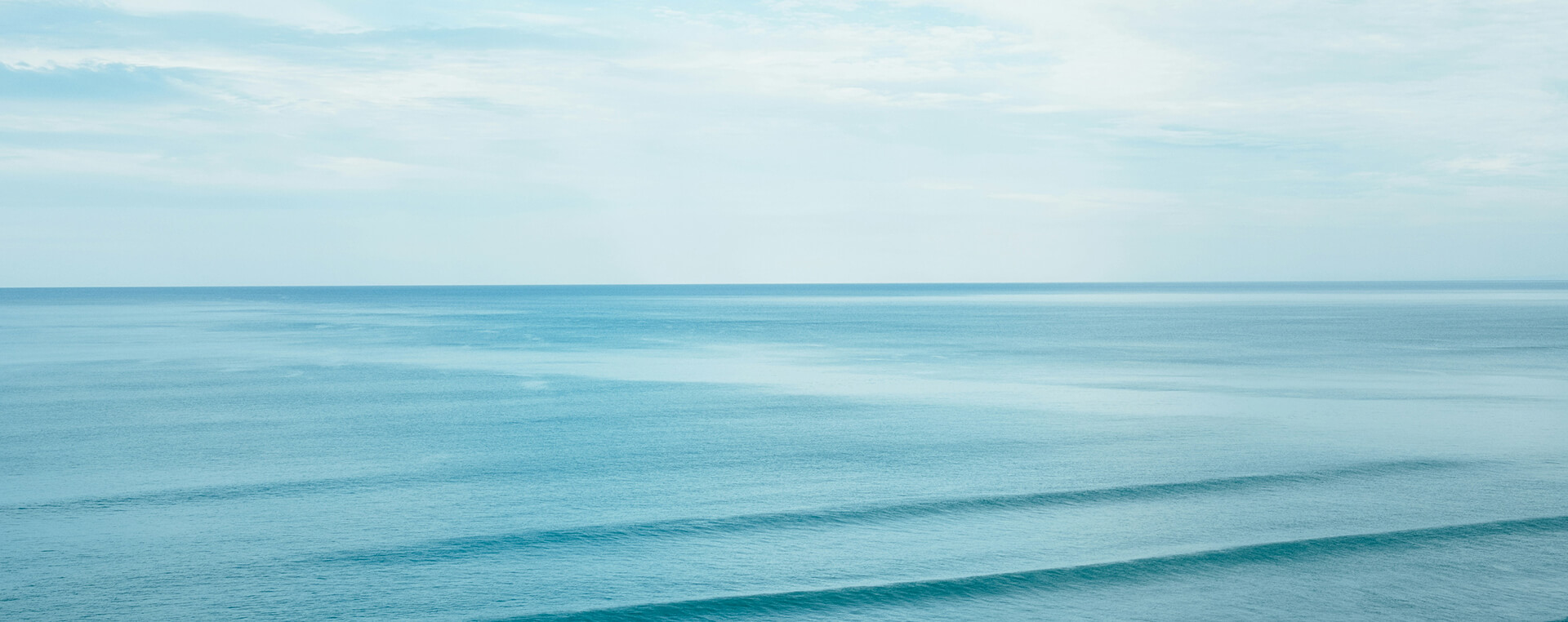






 An Thoi Ward, Phu Quoc City, Kien Giang Province
An Thoi Ward, Phu Quoc City, Kien Giang Province